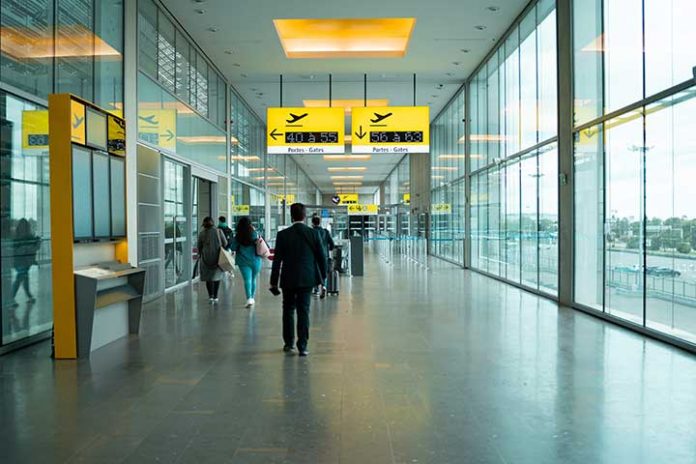Two decades after the 9/11 attack, airports and stakeholders in the air travel industry Transportation Security Administration (TSA) and Federal Aviation Authority (FAA) aren’t taking any chances on security matters. Actually, security screening is a must, and there are security checkpoints throughout every airport. In collaboration with homeland security, Customs and Border Protection (CBP) and other law enforcement agencies, airport security is always doing its best to ensure everyone’s safety.
Over the years, there have been incidences that threatened this security. From a suspected suicide bomber to an active shooter, there are times when airports have been thrown into emergency response mode.
Indeed, emergency situations aren’t always tied to security concerns. Also, think of when you have heard the fire alarm raised at the airport or when the escalators failed.
Whatever the circumstances, using airport screens in an emergency can be quite effective. How? While you may be quite familiar with the typical Flight Information Displays (FIDS), here is a look at how you can use digital signage during emergency situations
1. Displaying Real-time Emergency Communications
Digital signage in airports is an effective communication tool. In the event of an emergency, you can broadcast emergency evacuation instructions and communicate your emergency management protocols.
The screens typically used for flight information display are a crucial part of an effective mass notification system to display critical information in emergency situations. Not knowing what is happening around you can quickly send you into a panic. For this reason, airport managers can post a highlight of what the emergency is at hand.
Equally important in keeping away the panic is informing everyone, from passengers to airport employees, of the next steps to take. Consequently, this means displaying the appropriate action as defined in the airport emergency plan. Should you shelter in place? Or should you find the nearest exit? Indeed, this is critical information that can go a long way in smoothing airport operations and ensuring everyone’s safety.
2. Wayfinding in Case of Emergency
Where evacuation is the best response plan, digital signage can be especially important for wayfinding. Part of any airport’s emergency preparedness is having in place emergency exits.
However, while employees may be well aware of where they are around the airport, the general public may not. Enter display systems with clearly outlined maps, and anyone can easily find their way to the exits during emergency evacuations.
Wayfinding is usually a big challenge, even under normal circumstances. In fact, connecting passengers especially have a hard time finding their way to terminals and concourses. In emergencies, wayfinding becomes even more crucial as it helps to maintain order.
People can quickly file out of the airport and onto the tarmac when they know which way to go. Again, you will also want the first responders to have an easy time finding their way around the airport, so they can help the situation.
3. Expanded Speaker Systems
For all the benefits that come with using airport screens in an emergency, it’s worth considering people with disabilities, particularly the visually impaired. This class of passengers will not benefit from the screens.
In this case, making an expanded speaker system a part of your emergency alert system is a great idea. In fact, today’s digital signage system inputs are quite dynamic as the systems support different formats. In the same way, you would have text and videos displayed on airport screens; you can have an audio of the emergency response.
Digital signage systems comprise a content management system and media players. You can come up with the right message for playing on the media players.
No Time to Waste
In emergency situations, every second truly counts. A reliable digital signage solution will provide you with all the tools you require to design, present and share your emergency messaging. In reality, you can also do real-time broadcasts and updates on severe weather.
Because time is of the essence in these situations, you will want a digital signage system that is very user-friendly. This way, you can quickly and easily formulate an appropriate message, and with the push of a button, have the message displayed on your screens or playing on your speaker system.
That being said, ensuring that the staff responsible for pushing the message are well trained is paramount. A professional digital signage solution provider will provide this training and any additional technical support required, in addition to providing top-quality system components.
Location, Location, Location
Strategic location will impact the effectiveness of using airport screens in an emergency. You want to ensure that everyone can clearly see the screen.
That said, you can have the emergency messaging displayed on the screens at a particular terminal, baggage claim station, a specific part of the airport property, or throughout the airport, depending on the emergency.
In conclusion, every airport can benefit from using airport screens in an emergency. You can effectively communicate evacuation instructions, direct traffic to the exits and provide real-time updates on your digital signage system.


